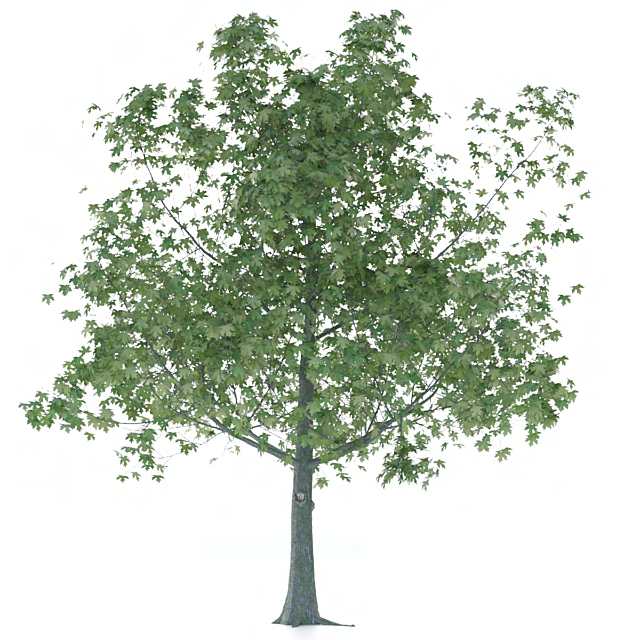WRITTEN RESPONSE:

By deconstructing the structure of writing and categorizing the elements into parts, I understand the text better and focus more on how the author makes decisions about the arrangement of text. In my own practice on writing, the writing structure is always the challenging part. How to start a new argument; how to shift the focus to another point.
This is an essay about Katie Paterson’s Future Library Project written by Paul BenzonPaul. The essay separates the writing into four main sections and further explores more ideas in each section, making the reading flow smoothly and clearly. When analyzing the text structure, I found Benzon frequently uses quotes to support the arguments. Especially the epigraphs at the beginning of each section. He uses these carefully chosen quotes to convey each section’s key points, providing readers with poetic and intriguing starts. From my point of view, this essay is not trying to convince the reader, but raising more and more questions related to the projects and, most importantly, the discussion about publication and the uncertain future of the environment. Another part I find interesting is the delicate touch of visual elements. By analyzing this essay’s visual appearance and layout design, I noticed how the arrangement of text and editing could influence the tone and flow. This text has high readability because of its clean layout, and the visual elements such as the leaf on page 282 and forest images reference this essay’s central theme.
CATALOGUING: 3D Model Tree

Tree models are always the secondary elements and the background of the virtual environment. People use them as decoration in architecture models or scenery settings of games. However, natural elements can influence people’s perception of a virtual space, just like their importance in real life. So, I cataloged the 3D tree models, compared them with actual trees, and found their similarities and differences.

After the industrial revolution, people moved into the city from the countryside. One of the toughest conditions is the absence of natural environments, which can effectively help them relax after busy works. Thus, the landscape paintings were trendy, and most importantly, natural elements such as parks and gardens became an essential part of city planning. (City Planning go through a transformation from building a city within nature -> Bring nature back to human habitat )

DIRECT CATALOGUING: 3D models have high flexibility. Users can use models wherever however they want, and no matter it is reasonable or not. A coconut tree can be planted in Iceland, or one mushroom can be enlarged bigger than a skyscraper. However, most users have followed the real-world rules to enhance the realness of virtual spaces.
I started with cataloging the possible settings and use, colors separation, and conditions of tree models; moreover, I questioned the essence of the digital tree.


THEIR TIME AND MEANING: Time is most important for actual trees’ growth, and it is the same for other plants and creatures. Trees spend decades or even hundreds of years on growing higher and more robust. And many things can influence them, such as growing conditions and weather.
Different from real trees, digital trees grow out perfect (or grow as the author wanted). In comparison, is time a meaningless factor for them?
I wrote down all digital trees’ birthdays and times, separating them into groups of years. What I found is, their time does mean something. They reflect the development of technology and the growing use of 3D design.

To emphasize the digital existence of tree models, I focused on researching the features and keys of the digital model.
SIZE & DATA: From the model details, I’m able to view the digital info about those trees. Data is their way of existing in the virtual world. Like time, the “size” of tree models cannot represent the appearance size as the actual tree but the complexity and quality of digital data.
Due to the development of 3D applications and technology, models’ size keeps increasing over time. The oldest free tree model was created in 2007, and it was only 24KB. Year after year, most tree models made recently are no lesser than 100MB big.









Use dendrology graphs and methods to analyze and explore the digital tree models. Create the coexistence and contrast between a real tree and a digital maple tree.
ClASS FEEDBACKS:
Working:
-The comparison and juxtaposition between the real tree and the digital tree are interesting.
-Visual of the video like the biological vs. endoscopy inside the human body
-Dendrology: biology and digitally is very powerful
-Micro view of 3d model
What’s missing:
Maybe look at the parts, divided into a few anatomies at the micro-level
Try Navigating the tree more in the video.
Add Flows
More:
-Take more cues from scientific dendrology and push further.
-Play withs aspect in the digital things
-Try more explicit and emphasize in the diagram.
-Polygon counts, pngs files, spread over the trees rather than wrap around.
-Show different aspects, the juxtapositions, overlay to the real one.
Medium:
-A file or folder (digital interface)
-Actual folder with files and diagrams mimicking the dendrology science
-Poster
